I am greatly looking forward to seeing the LA County Museum of Art (LACMA) exhibition and film program Under the Mexican Sky: Gabriel Figueroa—Art and Film.
Mexico was home to a vibrant, commercially stable film industry in the early 1930s through the 1950s. The Golden Age of Mexican Cinema series will explore Figueroa’s contributions as a groundbreaking cinematographer, a master of light and contrast.
Figueroa spent time on the set of Soviet master Sergei Eisenstein’s “¡Que Viva México!,” had an apprenticeship with Hollywood cinematographer Gregg Toland, and was friends with painters such as Diego Rivera. (The series is co-presented by the Academy of Motion Pictures Arts and Sciences.)
This weekend, two film noir delights are screening: “Dias de Otoño” (Autumn Days, 1963, Roberto Gavaldón) and “Distinto Amanecer” (Another Dawn, 1941, Julio Bracho). You can read the museum’s synopses here.
Upcoming film series will highlight Figueroa’s work with Spanish surrealist Luis Buñuel, the Hollywood films that the cinematographer shot over his 50-year career for directors such as John Huston and John Ford, the films of the early 1930s that spurred Figueroa, and contemporary Mexican filmmakers whose work invokes Figueroa’s legacy.
Meanwhile, the New York Film Festival opened today with “Captain Phillips.” Manohla Dargis of the New York Times gives her assessment here.
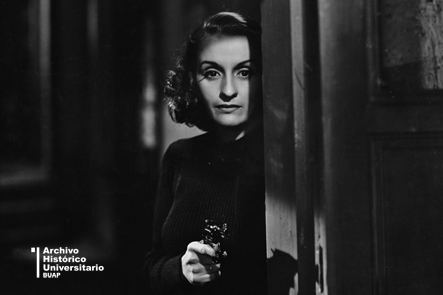






![nakedcity-4[1]](http://www.filmnoirblonde.com/wp-content/uploads/2013/02/nakedcity-41.jpg)
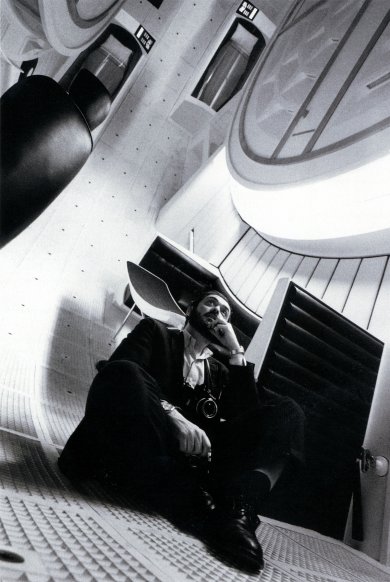
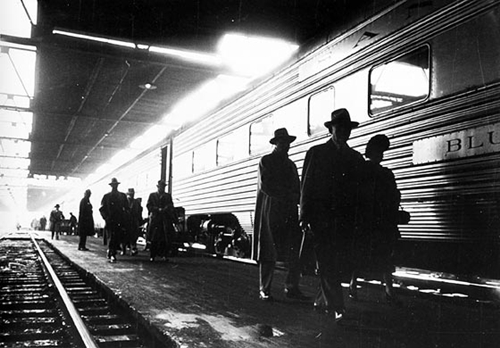
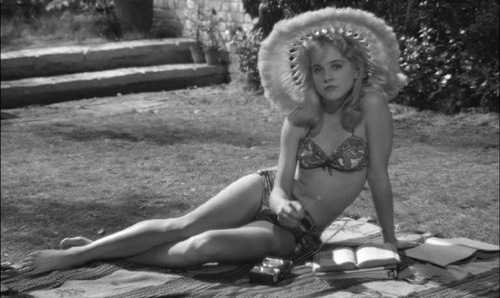
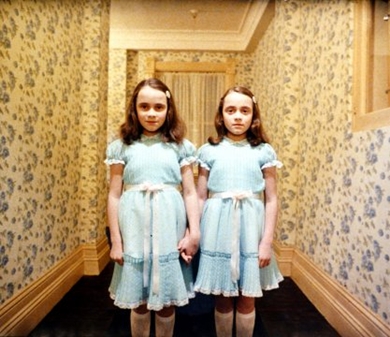

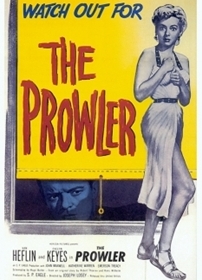
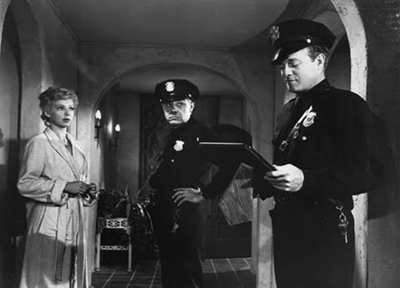
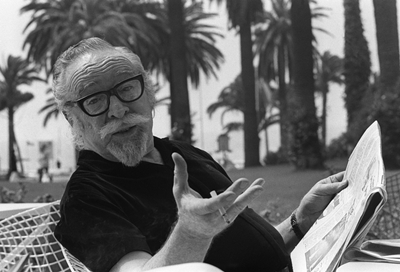
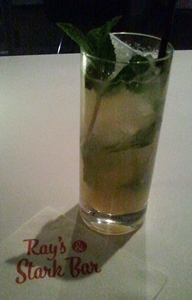
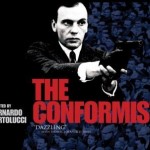
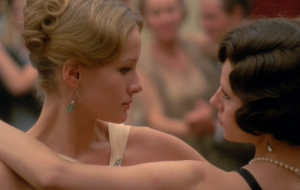
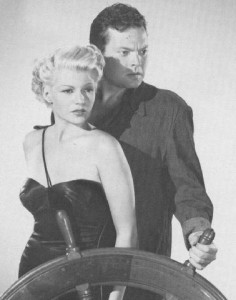
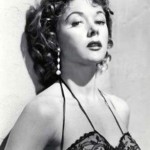
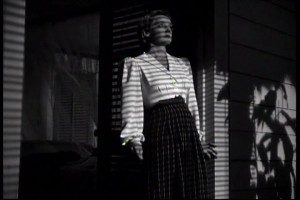





From FNB readers